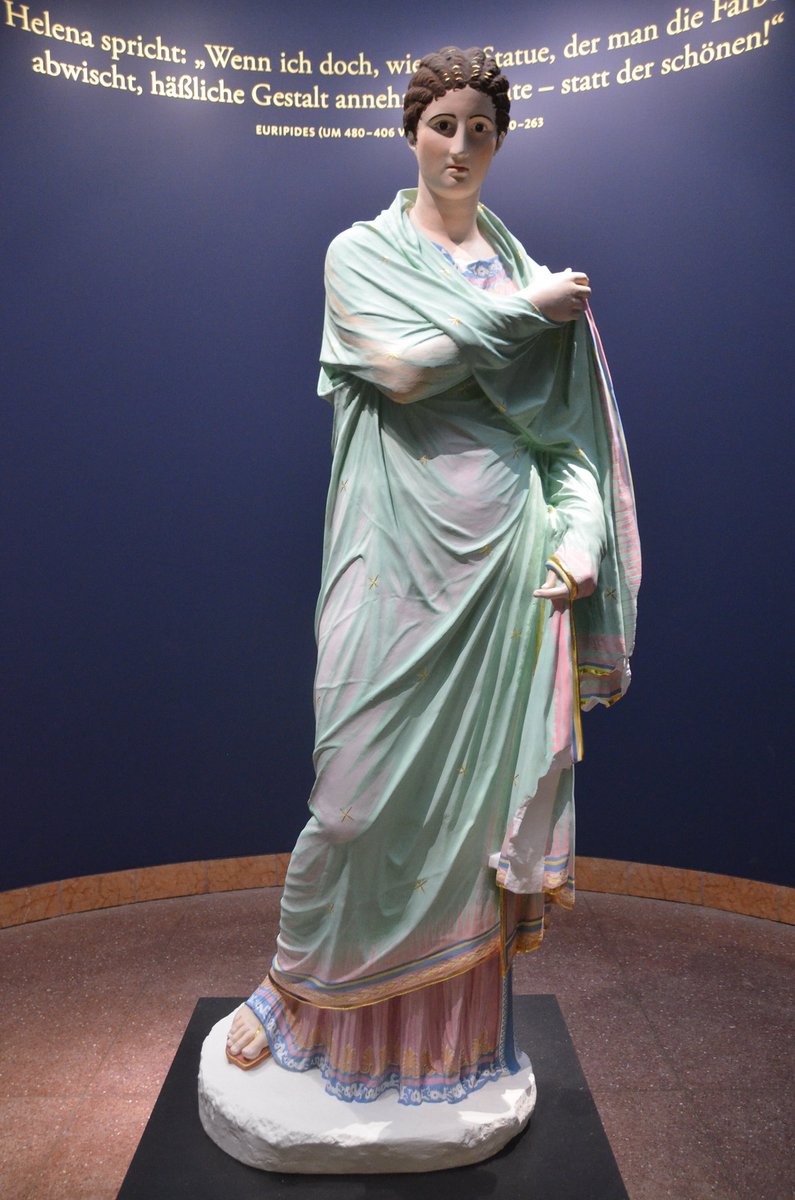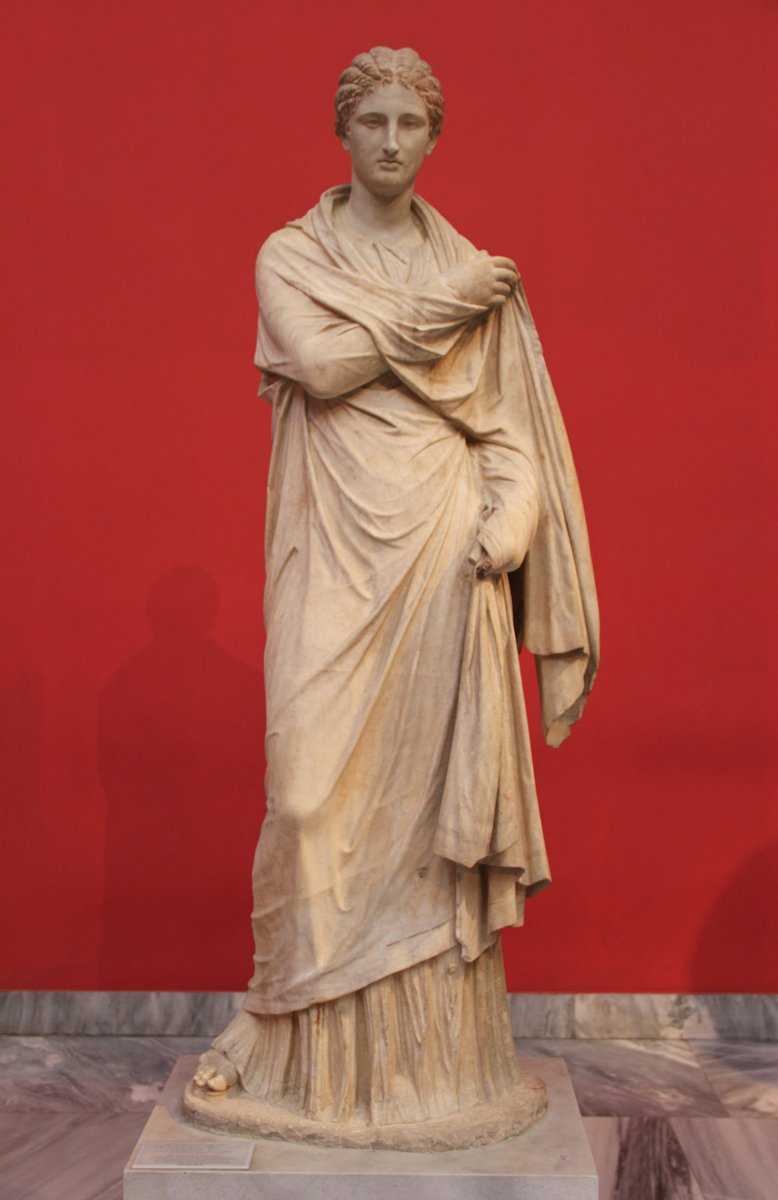
How to get URL link on X (Twitter) App





 The Minotaur was a bull-headed monster that devoured human flesh deep within the twisting maze of the Labyrinth. It was the offspring of the Cretan Queen Pasiphae and a snow-white bull. The monster was eventually slain by the Athenian hero Theseus.
The Minotaur was a bull-headed monster that devoured human flesh deep within the twisting maze of the Labyrinth. It was the offspring of the Cretan Queen Pasiphae and a snow-white bull. The monster was eventually slain by the Athenian hero Theseus. 




 Smyrna has a long history and is traditionally considered to be the birthplace of Homer (Strabo 14.1.37). It was founded by the Aeolians at the beginning of the first millennium BC and later by the Ionians. Smyrna quickly became an important seaport and a thriving commercial centre on the Aegean coast. It was renowned as one of the most magnificent cities in Asia Minor (Strabo 14.646). Located about forty miles north of Ephesus, it occupied a beautiful territory at the mouth of a gulf.
Smyrna has a long history and is traditionally considered to be the birthplace of Homer (Strabo 14.1.37). It was founded by the Aeolians at the beginning of the first millennium BC and later by the Ionians. Smyrna quickly became an important seaport and a thriving commercial centre on the Aegean coast. It was renowned as one of the most magnificent cities in Asia Minor (Strabo 14.646). Located about forty miles north of Ephesus, it occupied a beautiful territory at the mouth of a gulf. 


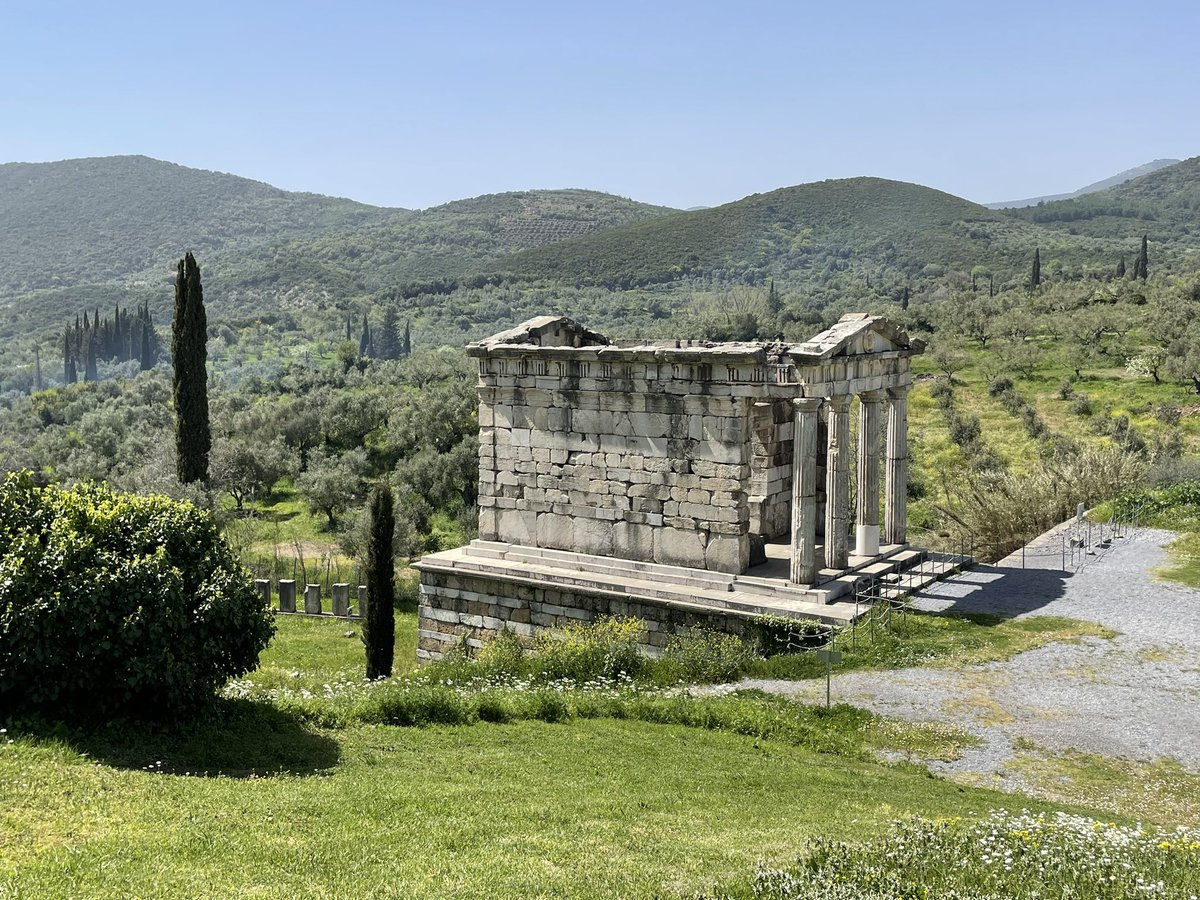

 Arcadian Gate
Arcadian Gate 




 Nicomedia and Nicaea were only just recovering from the damage caused by an earthquake. The date of this earthquake is not certain. It probably took place in the fifth year of Hadrian's reign in 121, between August and December, as stated by Eusebius, but definitely before Hadrian visited the area in 124. Saint Jerome places it in the 224th Olympiad, the fourth year of Hadrian's reign, AD 120.
Nicomedia and Nicaea were only just recovering from the damage caused by an earthquake. The date of this earthquake is not certain. It probably took place in the fifth year of Hadrian's reign in 121, between August and December, as stated by Eusebius, but definitely before Hadrian visited the area in 124. Saint Jerome places it in the 224th Olympiad, the fourth year of Hadrian's reign, AD 120.



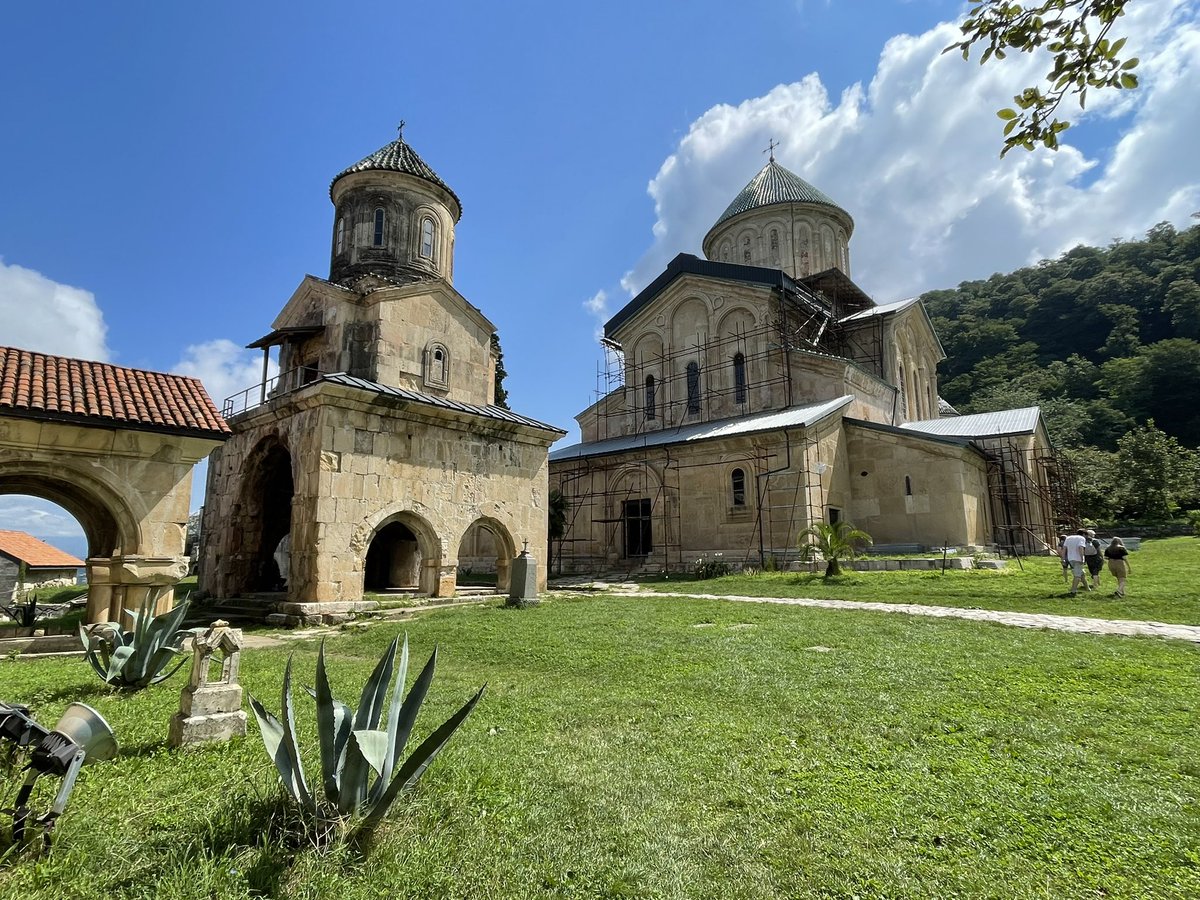

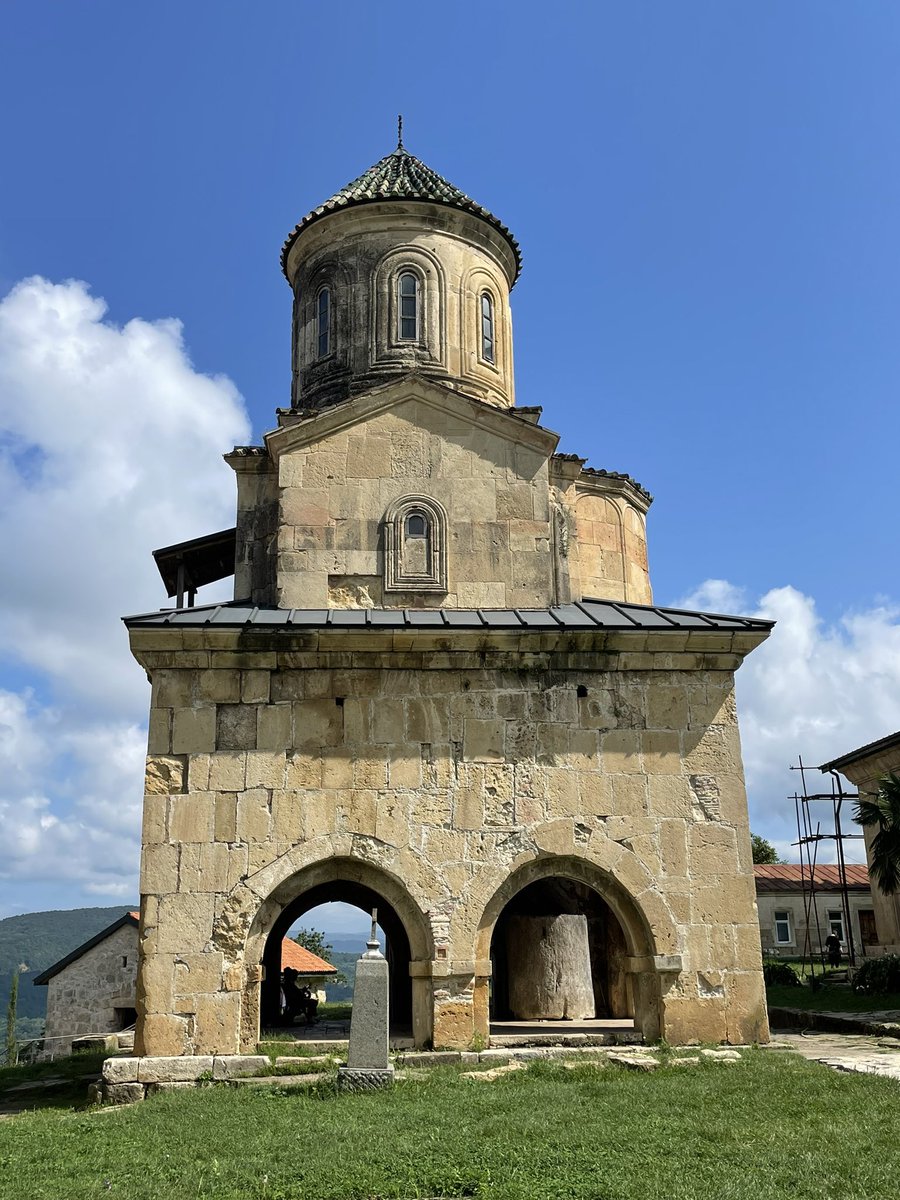


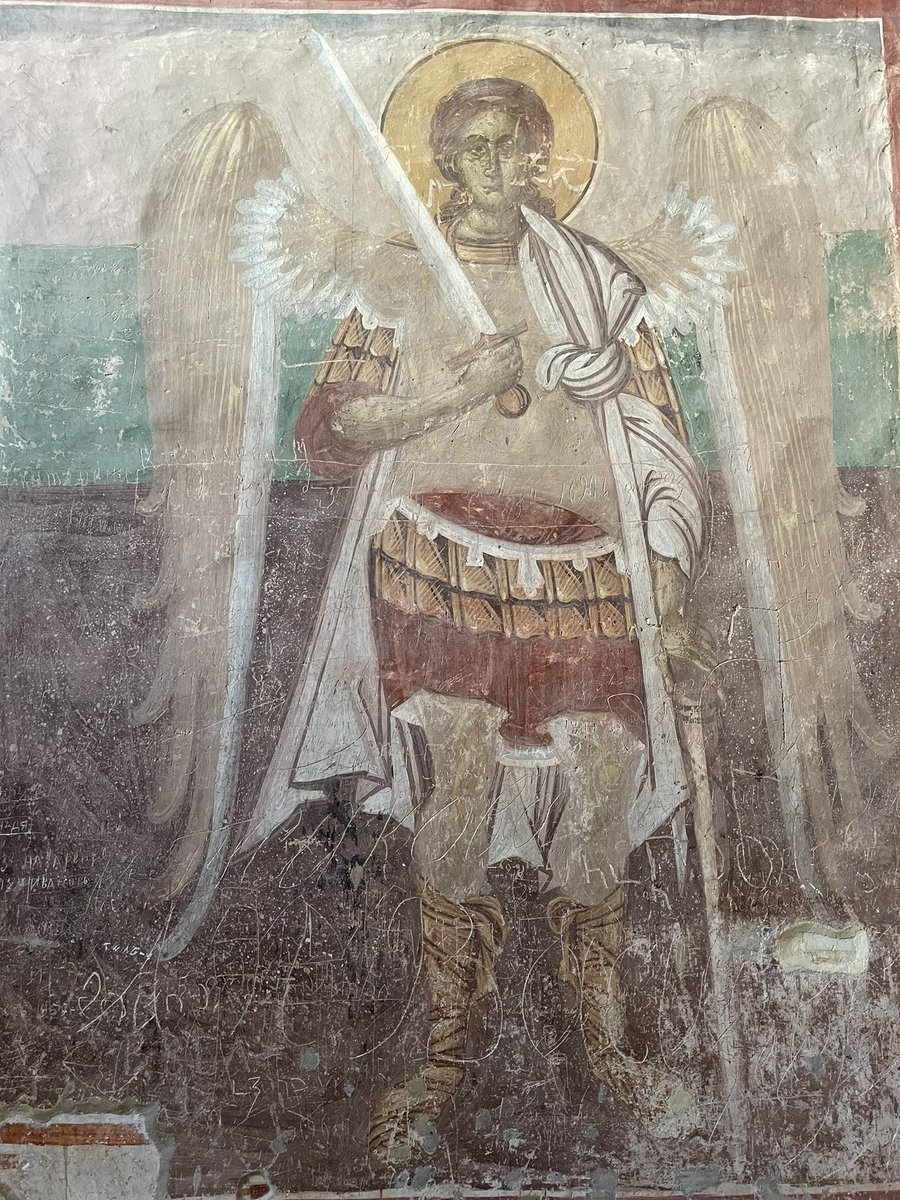







 The Byzantine chronicler John Malalas called the Temple of Hadrian at Cyzicus “a very large temple, one of the wonders" with a very large bust of Hadrian on the roof and a marble stele inscribed "of Divine Hadrian". (Malalas, Chronography Bks 1-7, 10-18)
The Byzantine chronicler John Malalas called the Temple of Hadrian at Cyzicus “a very large temple, one of the wonders" with a very large bust of Hadrian on the roof and a marble stele inscribed "of Divine Hadrian". (Malalas, Chronography Bks 1-7, 10-18)

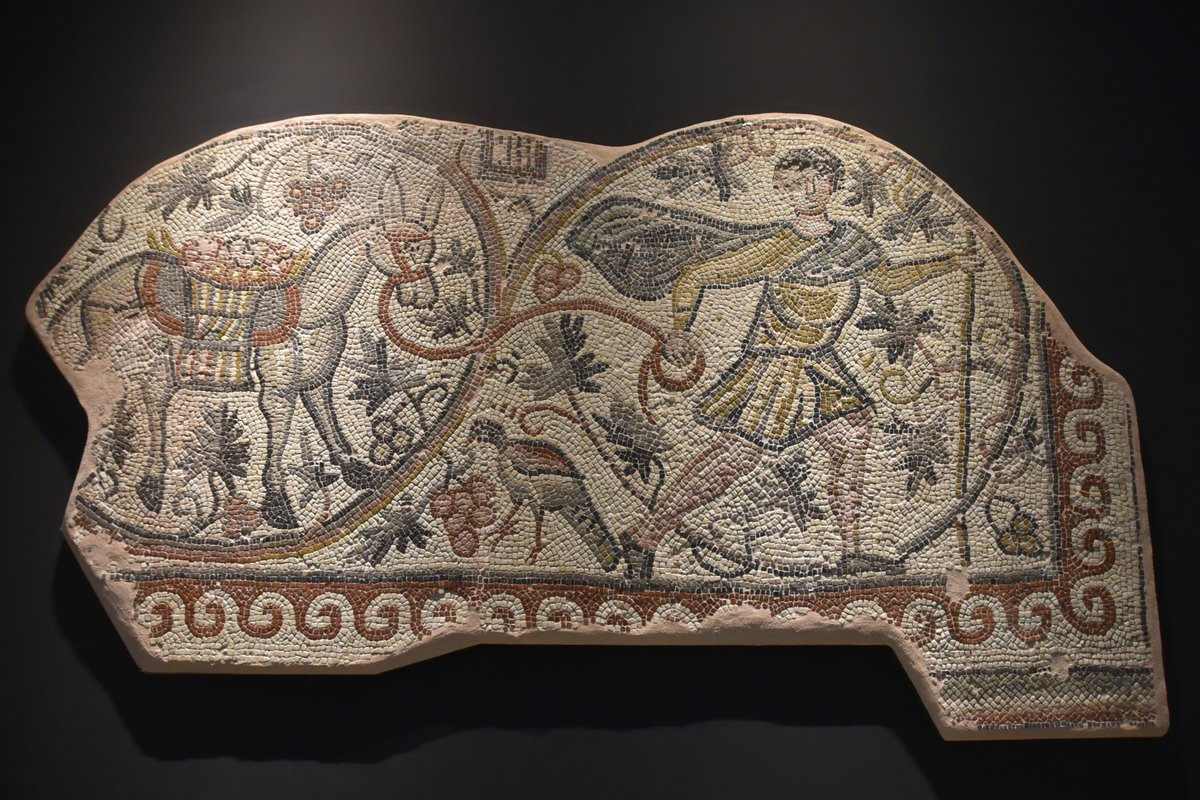
 Turkey’s wine heritage dates back nearly 7,000 years. The red grape, Barburi, is unique to the city of Antakya / Hatay region (Türkiye). In 2009 Hatay-based Antioche Winery brought the grape back from the brink of extinction. 🇹🇷🍇🍷 #TurkishWine
Turkey’s wine heritage dates back nearly 7,000 years. The red grape, Barburi, is unique to the city of Antakya / Hatay region (Türkiye). In 2009 Hatay-based Antioche Winery brought the grape back from the brink of extinction. 🇹🇷🍇🍷 #TurkishWine


 “He [Lucius Aelius Caesar] was a man of joyous life and well versed in letters, and he was endeared to Hadrian, as the malicious say, rather by his beauty than by his character.”
“He [Lucius Aelius Caesar] was a man of joyous life and well versed in letters, and he was endeared to Hadrian, as the malicious say, rather by his beauty than by his character.” 

 Sailing on Lake Nasser in Egypt between Aswan and Abu Simbel and visiting the temples that used to lie on the banks of the Nile but were moved when the Aswan High Dam flooded the region in the 1960s.
Sailing on Lake Nasser in Egypt between Aswan and Abu Simbel and visiting the temples that used to lie on the banks of the Nile but were moved when the Aswan High Dam flooded the region in the 1960s. 






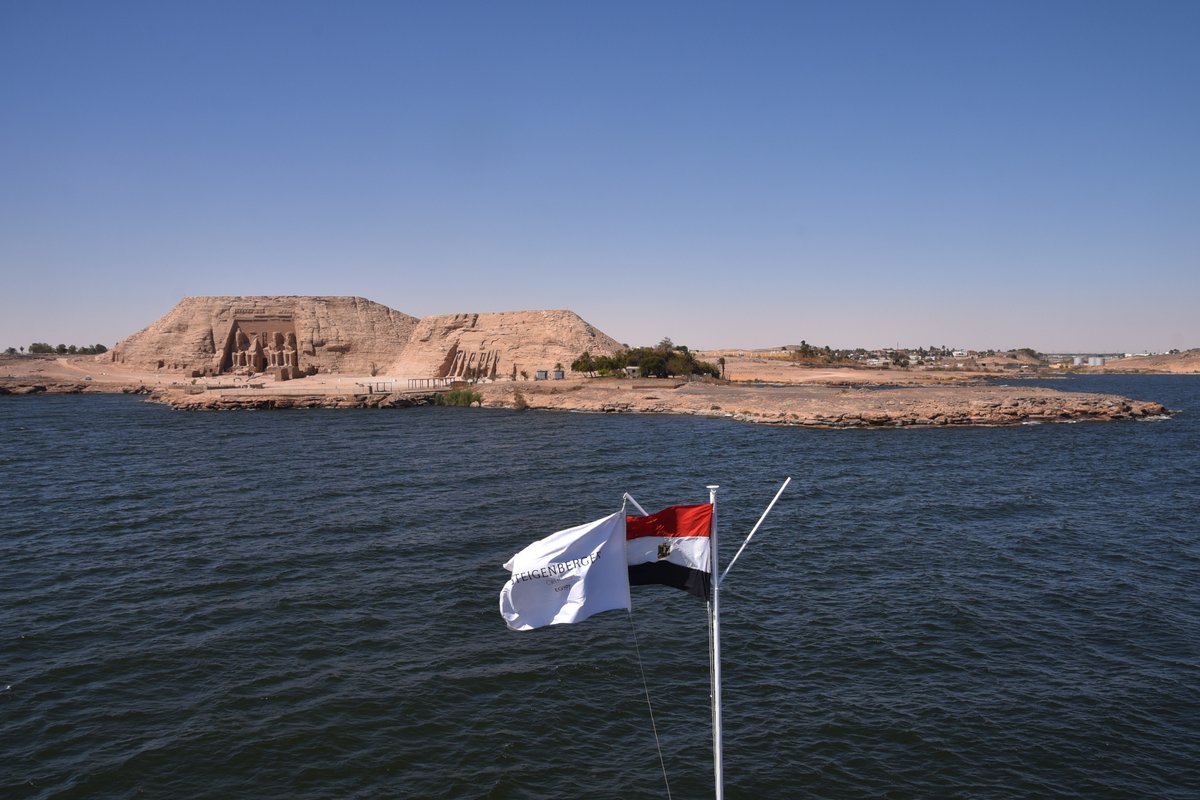
 Day 1 - New Kalabsha, a promontory located near Aswan which houses several temples, structures, and other remains that have been relocated here from the site of Old Kalabsha and other sites in Lower Nubia. #Egypt
Day 1 - New Kalabsha, a promontory located near Aswan which houses several temples, structures, and other remains that have been relocated here from the site of Old Kalabsha and other sites in Lower Nubia. #Egypt







 The Minotaur was a bull-headed monster that devoured human flesh deep within the twisting maze of the Labyrinth. It was the offspring of the Cretan Queen Pasiphae and a snow-white bull. The monster was eventually slain by the Athenian hero Theseus.
The Minotaur was a bull-headed monster that devoured human flesh deep within the twisting maze of the Labyrinth. It was the offspring of the Cretan Queen Pasiphae and a snow-white bull. The monster was eventually slain by the Athenian hero Theseus.
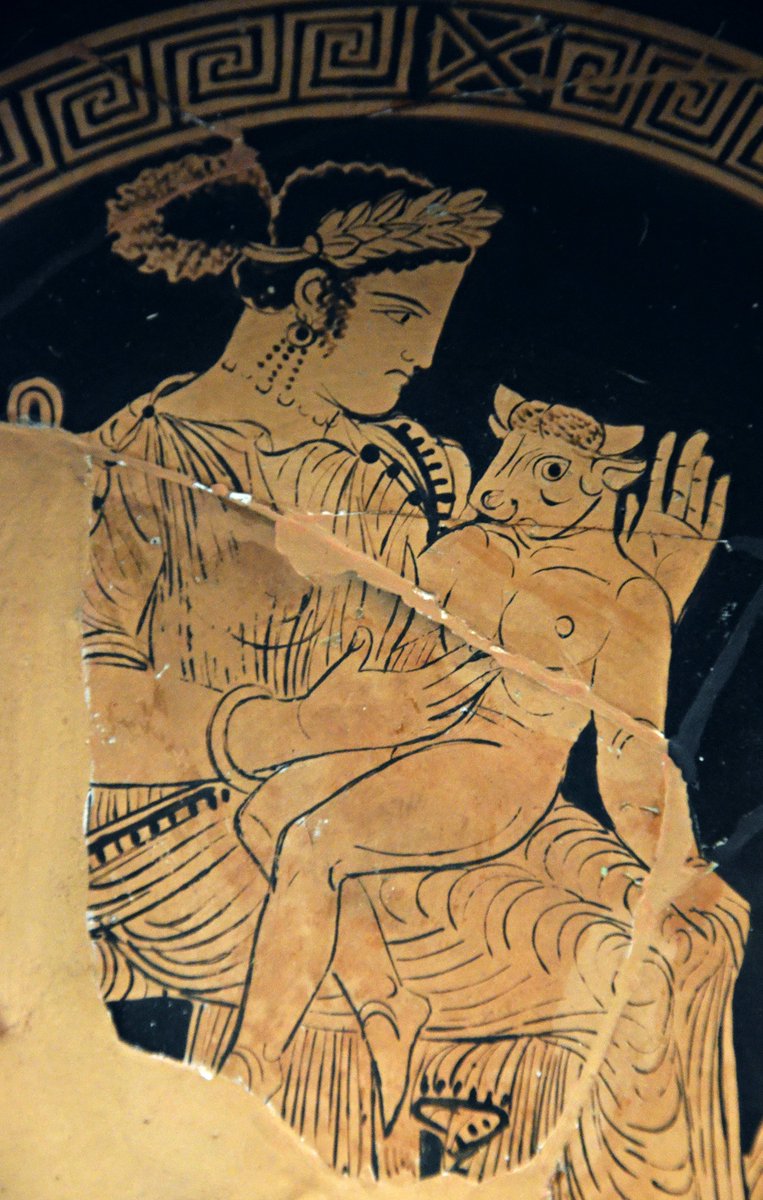
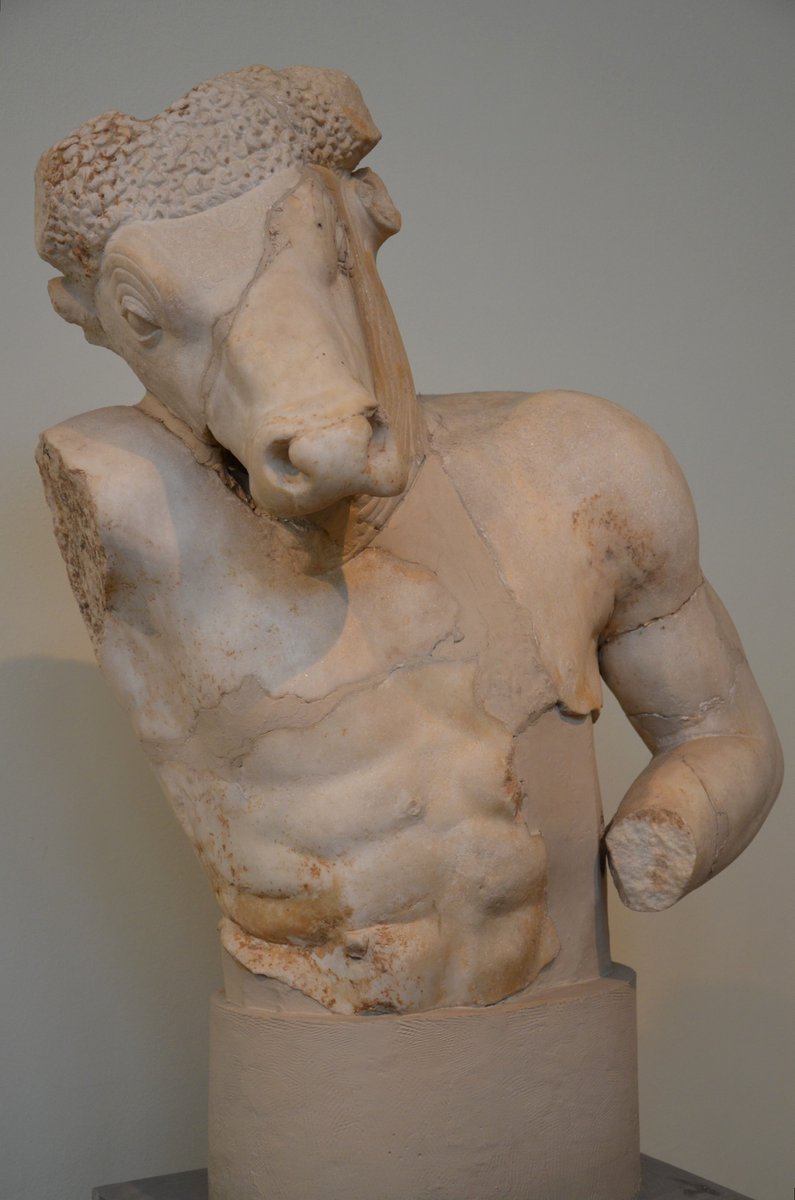
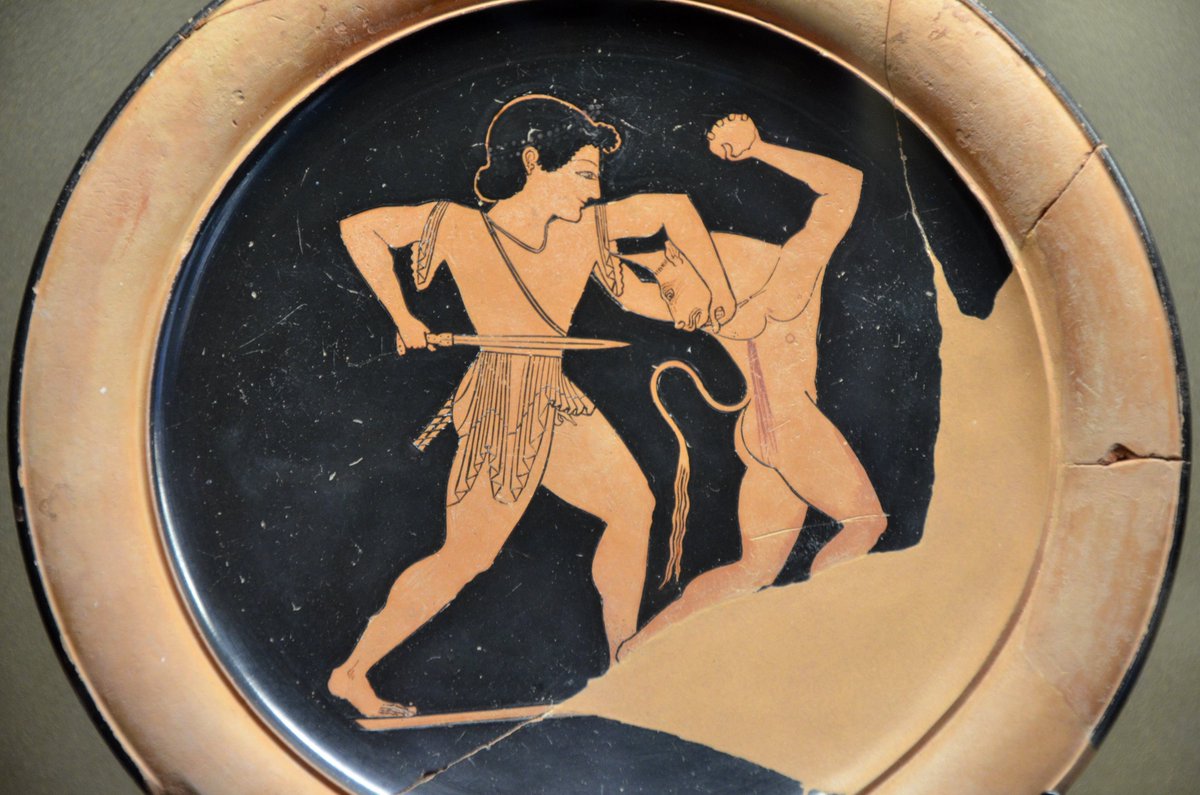

 We know about Antinous' birthday thanks to a valuable inscription discovered in Lanuvium where the 'dies natalis Antinoi', the birthday of Antinous, was celebrated on 27 November (Ante diem V Kalendas Decembres).
We know about Antinous' birthday thanks to a valuable inscription discovered in Lanuvium where the 'dies natalis Antinoi', the birthday of Antinous, was celebrated on 27 November (Ante diem V Kalendas Decembres).

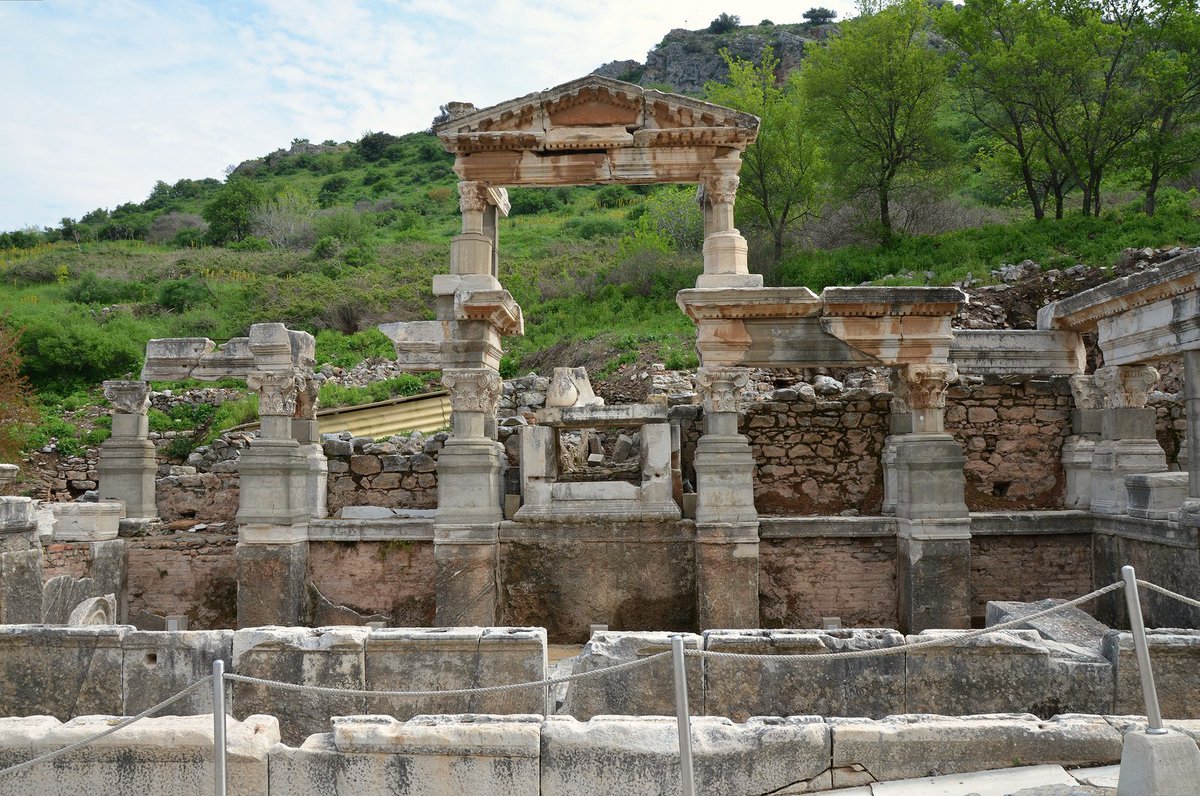



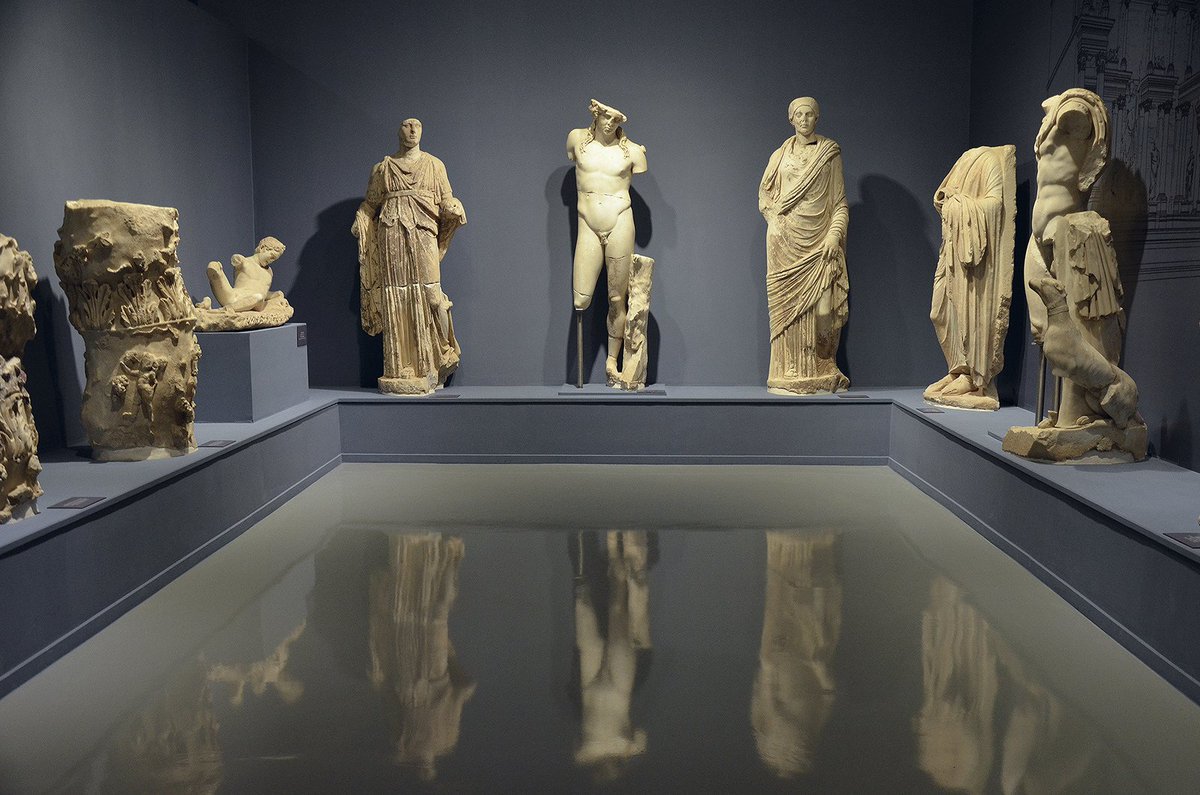



 Relief panel from the Arch of Trajan commemorating the alimenta, the institution of public funds for the support of poor children in the Italian towns.
Relief panel from the Arch of Trajan commemorating the alimenta, the institution of public funds for the support of poor children in the Italian towns. 




 The beginning of the Limes (Roman Frontier) on the Rhine near Rheinbrohl.
The beginning of the Limes (Roman Frontier) on the Rhine near Rheinbrohl.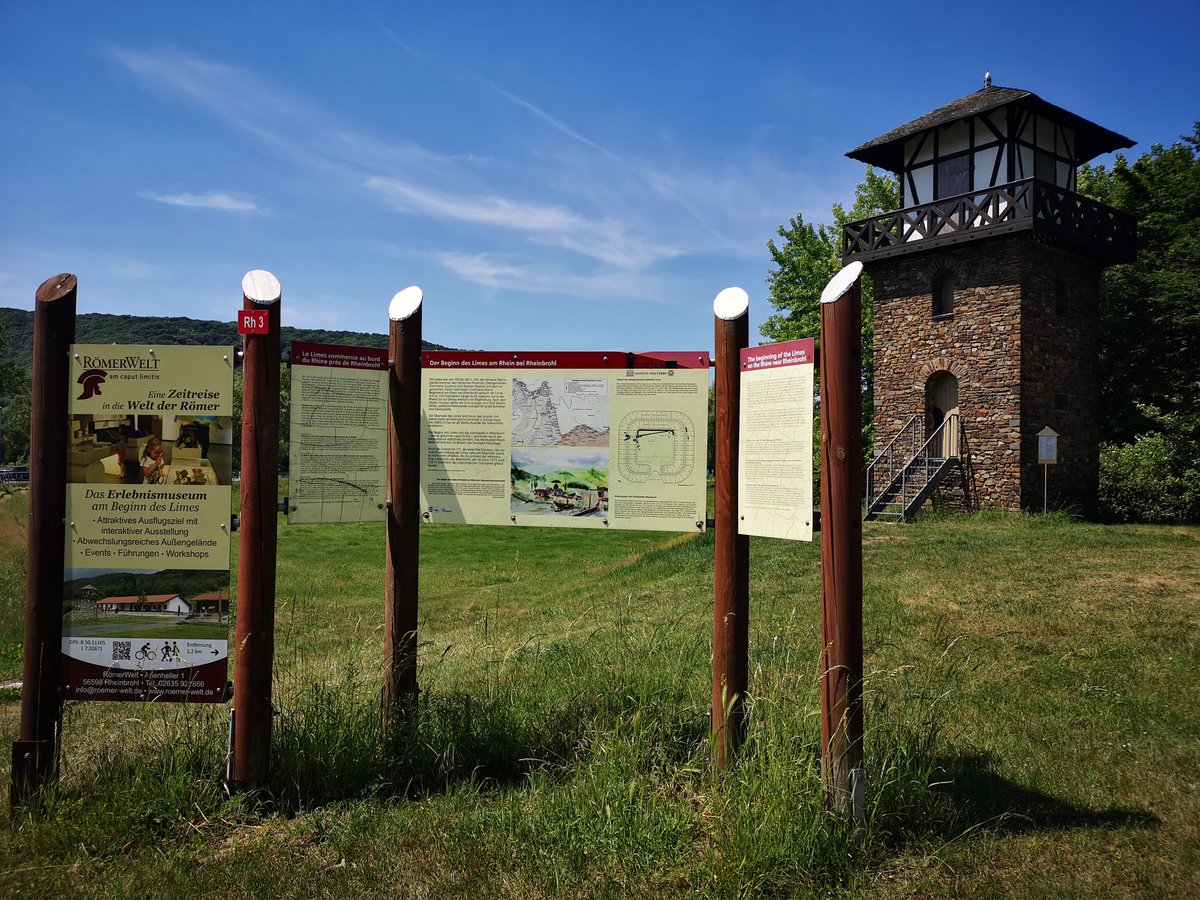
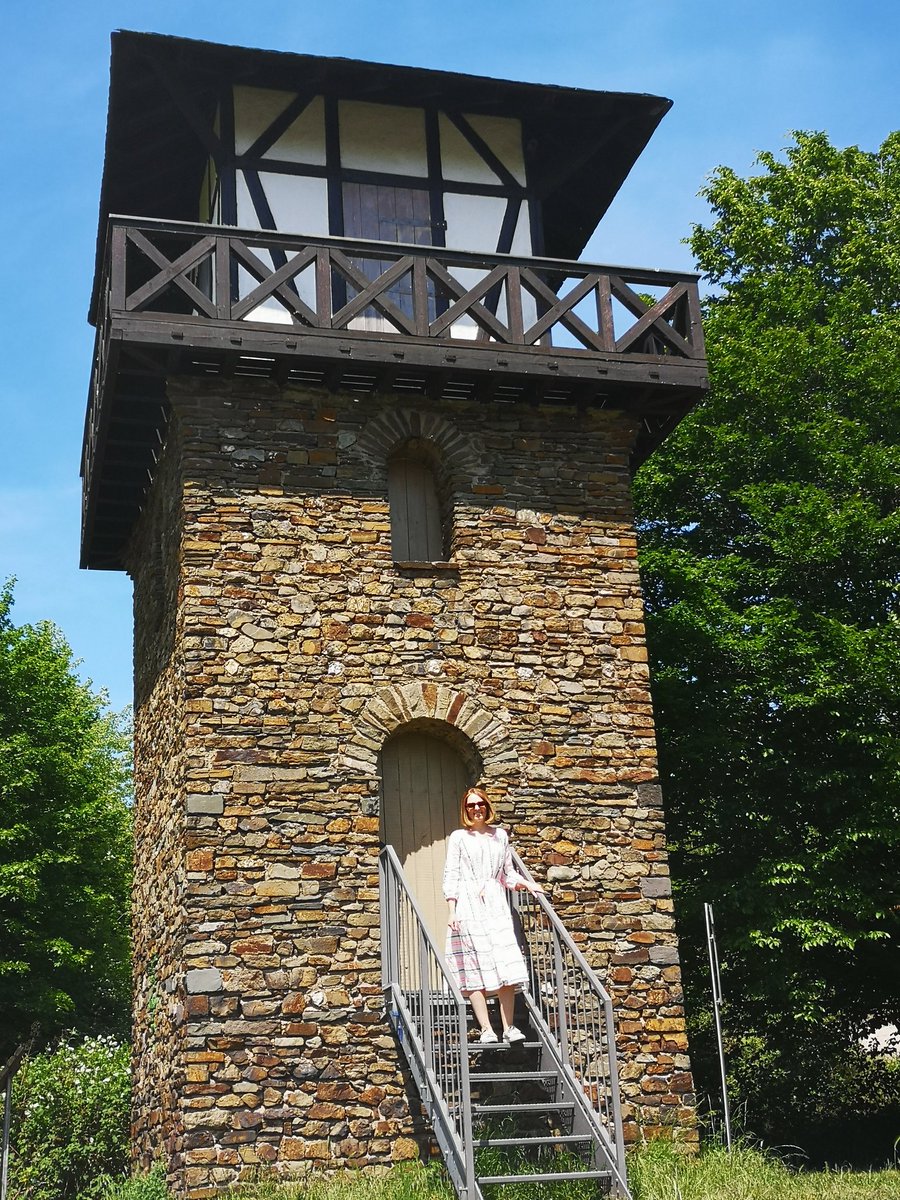
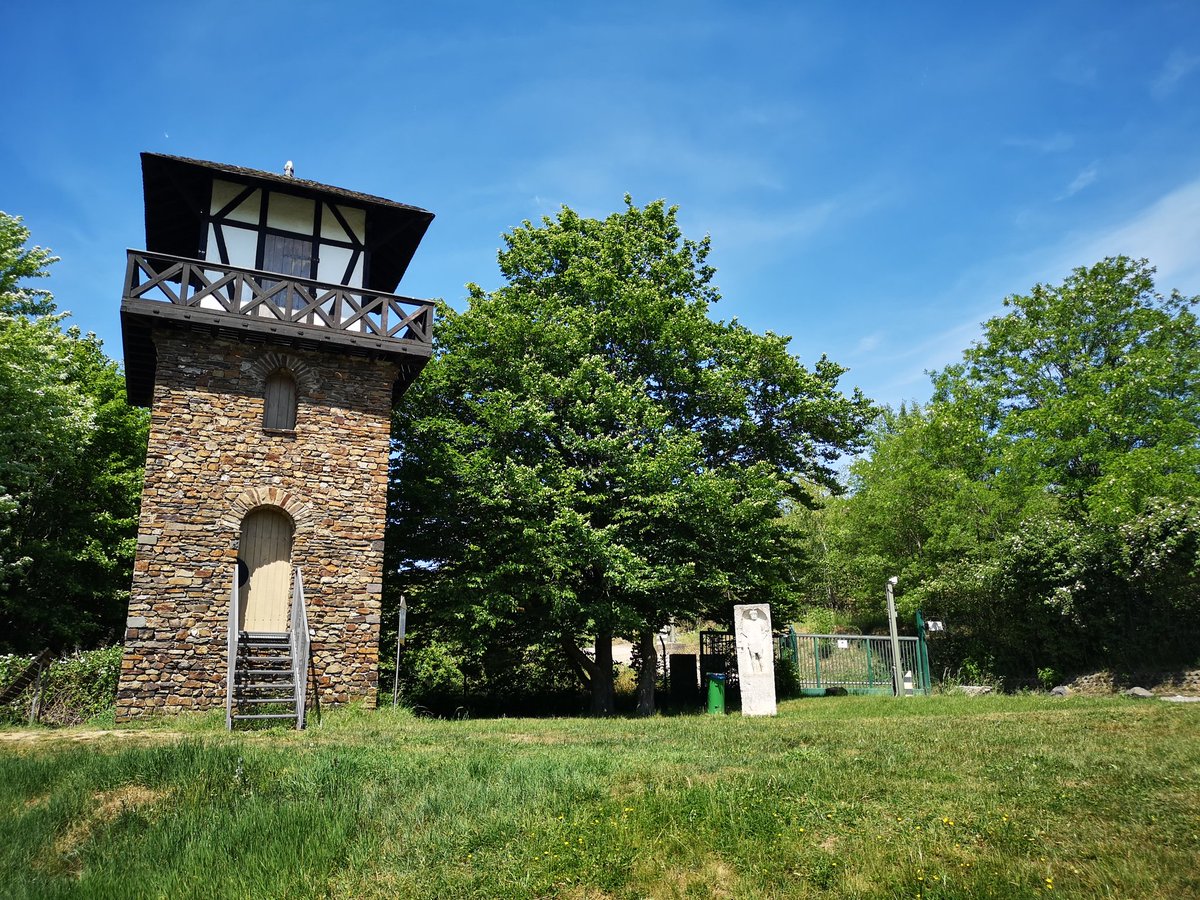
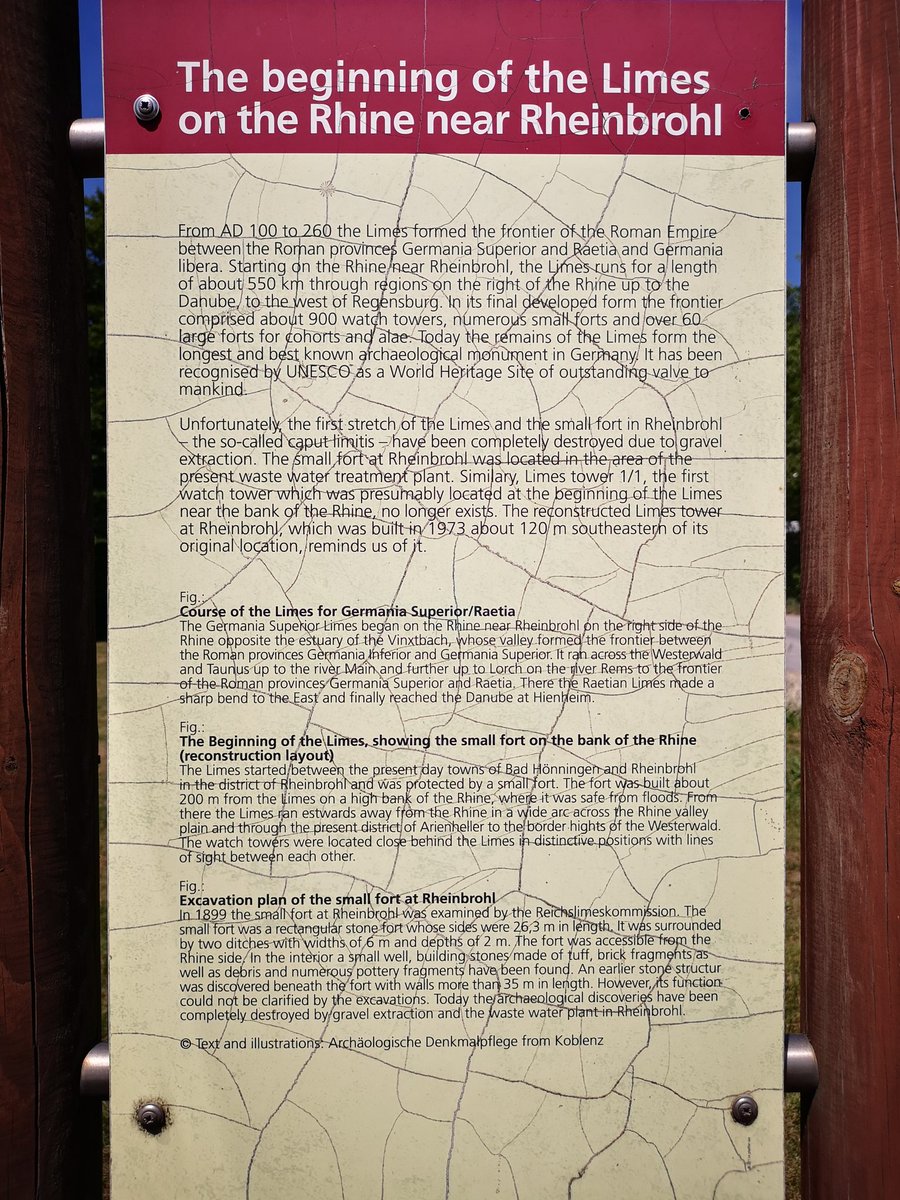



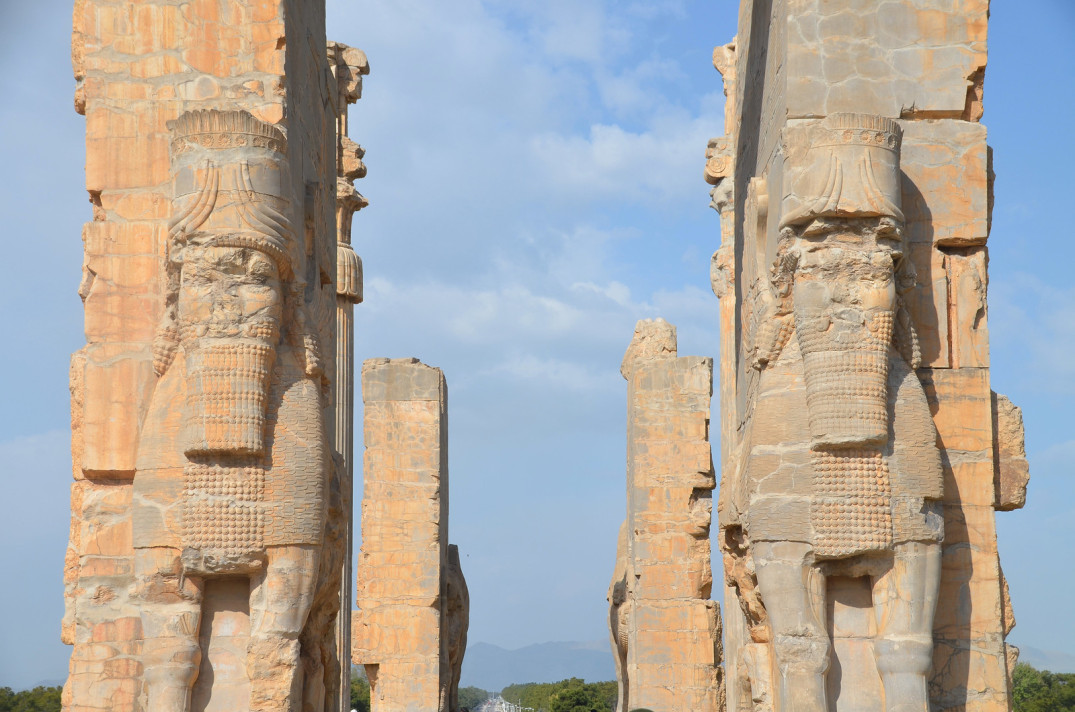
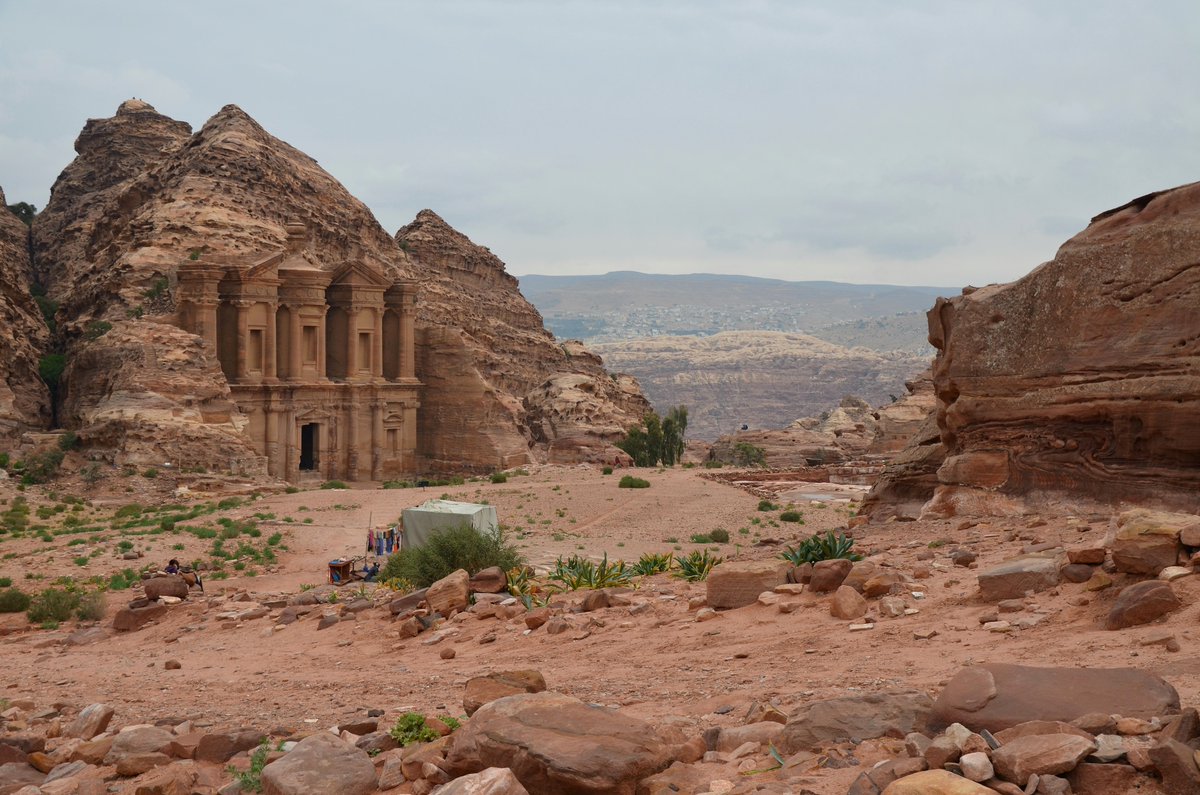 #WorldHeritageDay Persepolis in #Iran 🇮🇷whc.unesco.org/en/list/114
#WorldHeritageDay Persepolis in #Iran 🇮🇷whc.unesco.org/en/list/114 

 Architectural reconstruction of Lambaesis by French architect and archaeologist Jean-Claude Golvin.
Architectural reconstruction of Lambaesis by French architect and archaeologist Jean-Claude Golvin. 


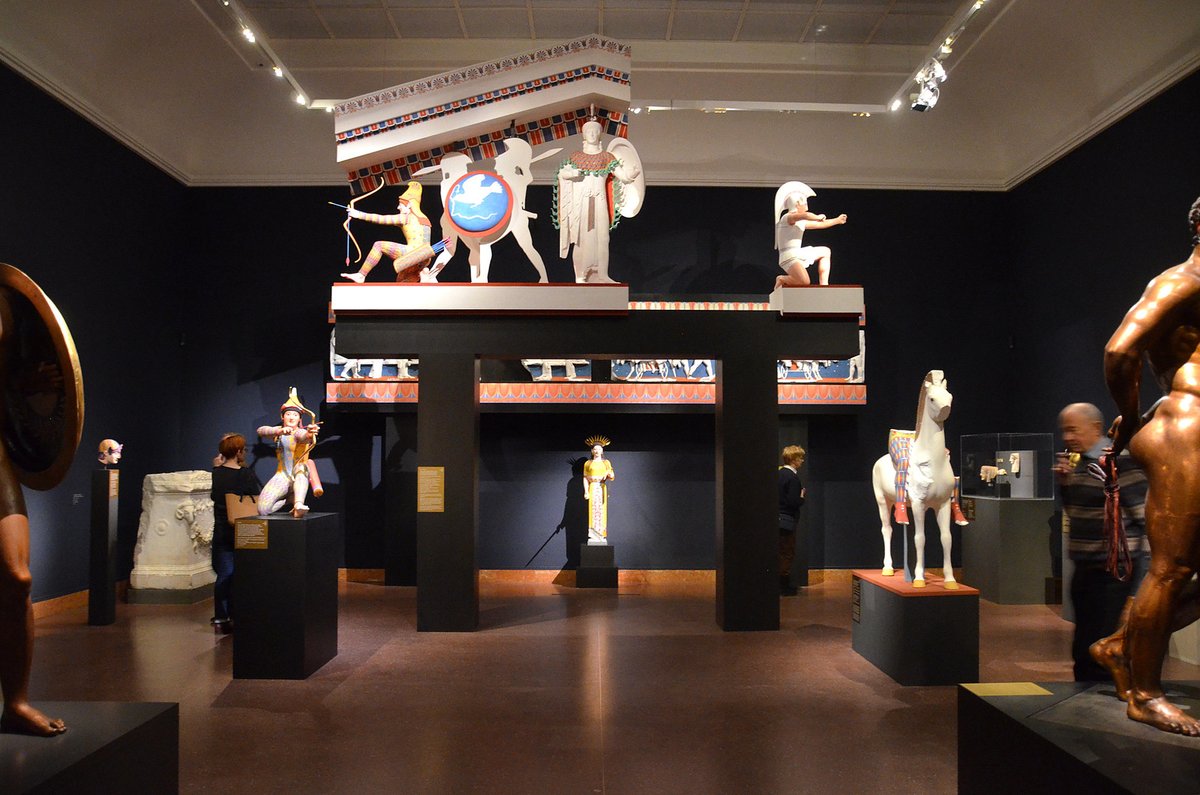
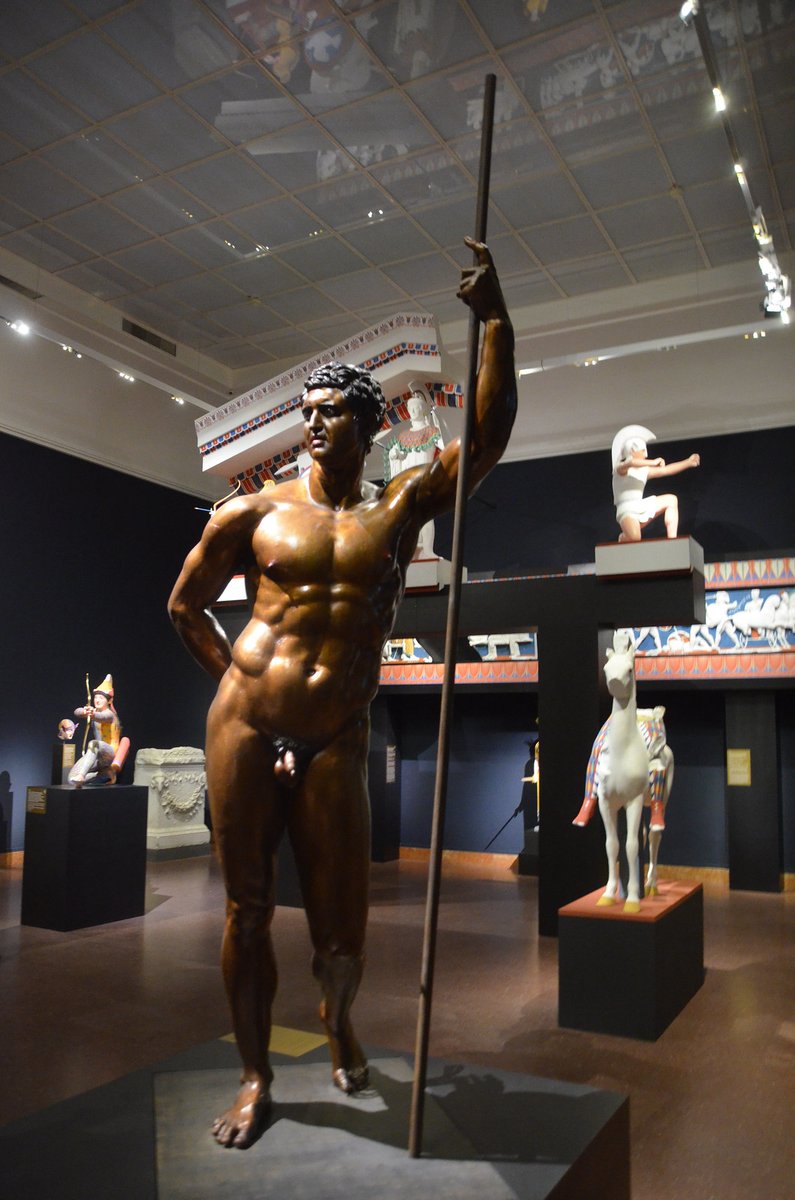
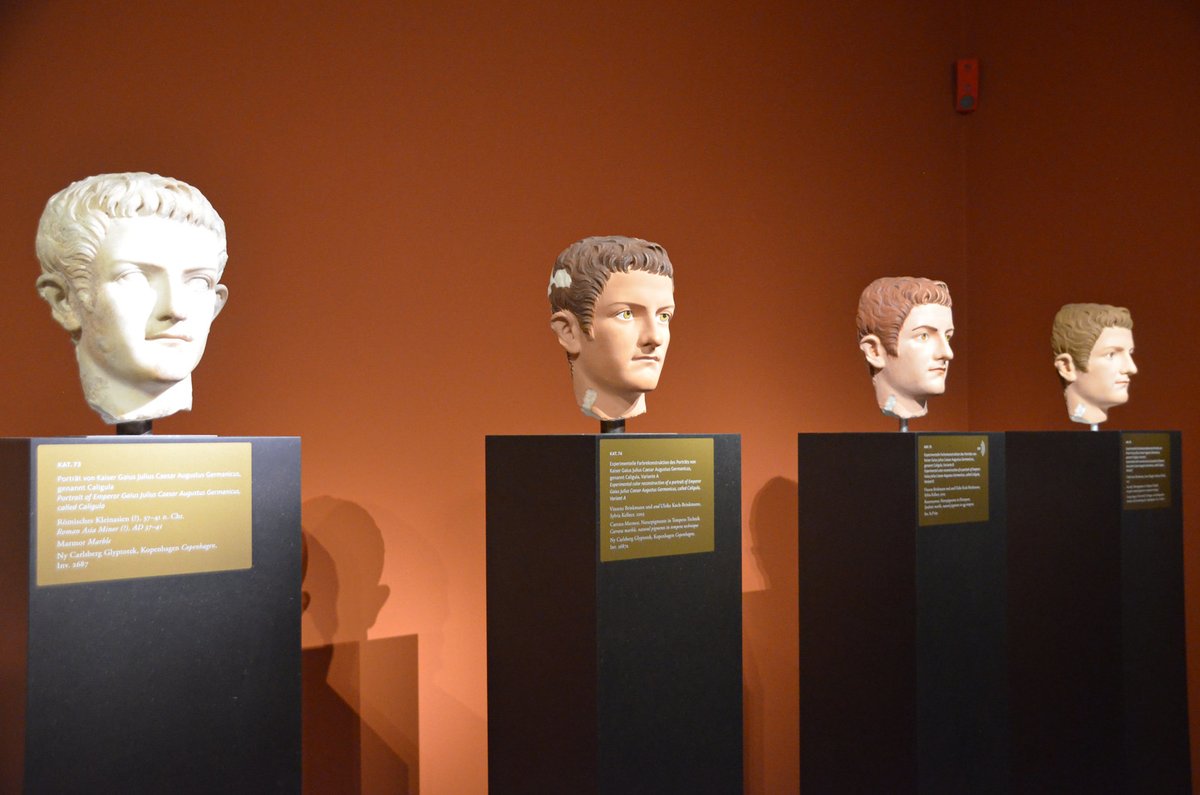 Experimental colour reconstruction of the so-called Small Herculaneum Woman.
Experimental colour reconstruction of the so-called Small Herculaneum Woman. 